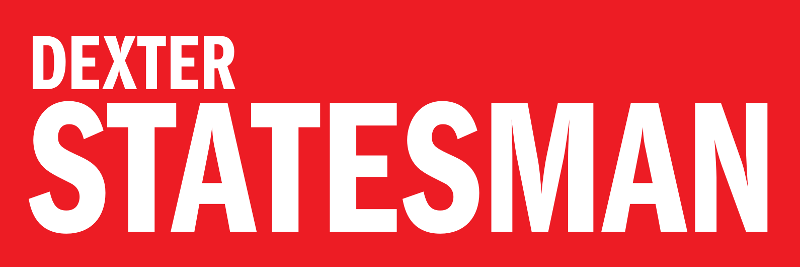Missouri Weekly Hay Summary Week ending 01/30/2015
Friday, January 30, 2015
As the feeding season progresses, there is some light movement of hay taking place. But as we have stated for months now, farmers went into the season with good inventories on hand and plenty of stockpiled pastures. The mild winter has been friendly to those hay piles and made the hay business of marketing hay very difficult. Several new listings are being made as sellers try to figure out how to market what will otherwise likely be a sizeable carry over. The supply of hay is moderate to heavy and demand is light. Prices are steady. The Missouri Department of Agriculture has a hay directory available for both buyers and sellers. To be listed, or for a directory visit http://mda.mo.gov/abd/haydirectory/ or for current listings of hay http://agebb.missouri.edu/haylst/ (All prices f.o.b. and per ton unless specified and on most recent reported sales price listed as round bales based generally on 5x6 bales with weights of approximately 1200-1500 lbs). Supreme quality Alfalfa (RFV <185) 180.00-200.00 Premium quality Alfalfa (RFV 170-180) 150.00-190.00 Good quality Alfalfa (RFV 150-170) 120.00-160.00 Fair quality Alfalfa (RFV 130-150) 100.00-120.00 Good quality Mixed Grass hay 75.00-95.00 Fair to Good quality Mixed Grass hay 40.00-65.00 Fair quality Mixed Grass hay 20.00-35.00 per large round bale Fair to Good quality Bromegrass 50.00-70.00 Wheat straw 3.00-5.00 per small square bale ======================================================================= Table 1: Alfalfa guidelines (for domestic livestock use and not more than 10% grass) Quality ADF NDF *RFV **TDN-100% **TDN-90% CP Supreme <27 <34 >185 >62 >55.9 >22 Premium 27-29 34-36 170-185 60.5-62 54.5-55.9 20-22 Good 29-32 36-40 150-170 58-60 52.5-54.5 18-20 Fair 32-35 40-44 130-150 56-58 50.5-52.5 16-18 Utility >35 >44 <130 <56 <50.5 <16 *RFV calculated using the Wis/Minn formula. **TDN calculated using the western formula. Quantitative factors are approximate, and many factors can affect feeding value. Values based on 100 % dry matter (TDN showing both 100% & 90%). Guidelines are to be used with visual appearance and intent of sale (usage). ======================================================================= Table 2: Grass Hay guidelines Quality Crude Protein Percent Premium Over 13 Good 9-13 Fair 5-9 Low Under 5 Quantitative factors are approximate, and many factors can affect feeding value. Values based on 100% dry matter. End usage may influence hay price or value more than testing results. ======================================================================= Hay Quality Designations physical descriptions: Supreme: Very early maturity, pre bloom, soft fine stemmed, extra leafy. Factors indicative of very high nutritive content. Hay is excellent color and free of damage. Premium: Early maturity, i.e., pre-bloom in legumes and pre head in grass hays, extra leafy and fine stemmed-factors indicative of a high nutritive content. Hay is green and free of damage. Good: Early to average maturity, i.e., early to mid-bloom in legumes and early head in grass hays, leafy, fine to medium stemmed, free of damage other than slight discoloration. Fair: Late maturity, i.e., mid to late-bloom in legumes, head-in grass hays, moderate or below leaf content, and generally coarse stemmed. Hay may show light damage. Utility: Hay in very late maturity, such as mature seed pods in legumes or mature head in grass hays, coarse stemmed. This category could include hay discounted due to excessive damage and heavy weed content or mold. ======================================================================= Source: MO Dept of Ag-USDA Market News Service, Jefferson City, MO Tony Hancock, Market Reporter, 573-751-5618 24 Hour Recorded Report 1-573-522-9244 www.ams.usda.gov/mnreports/JC_GR310.txt 01030cdt th
